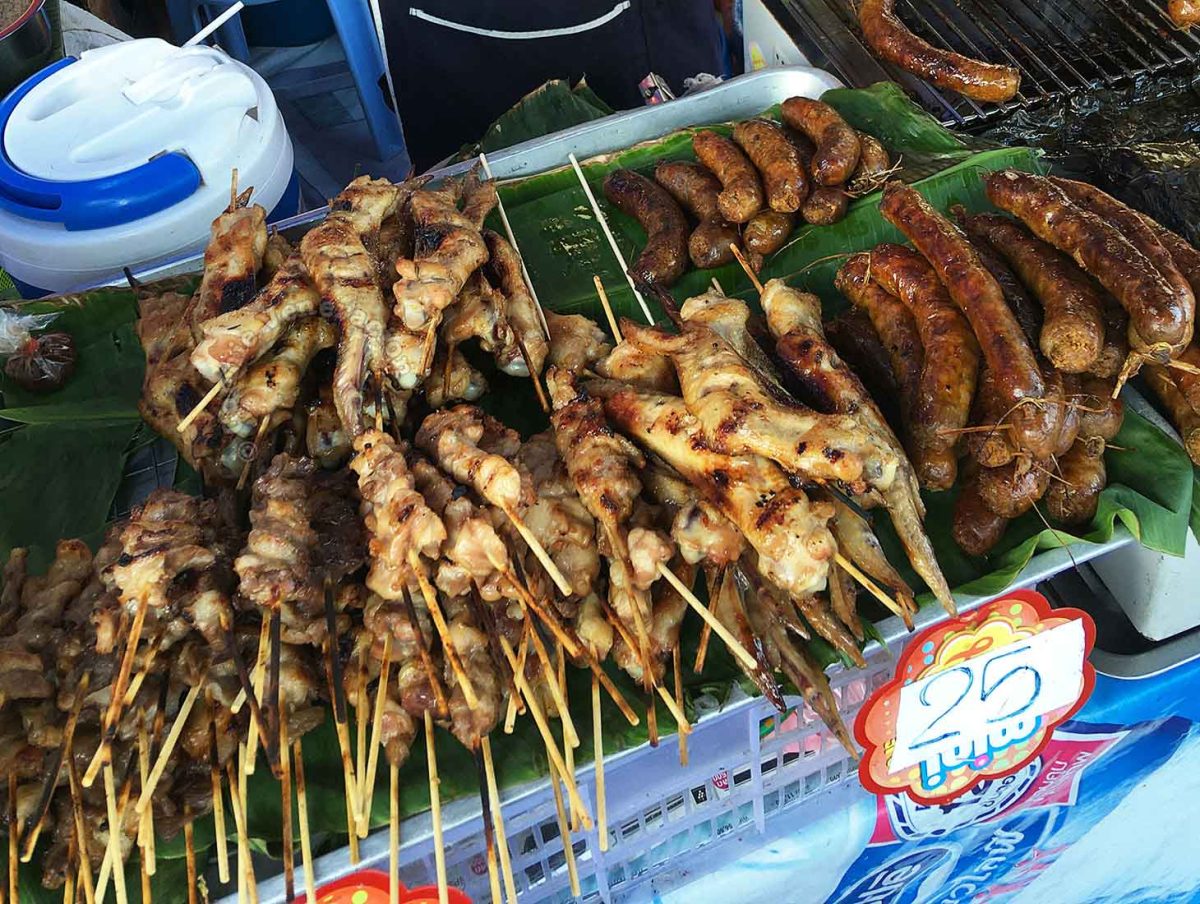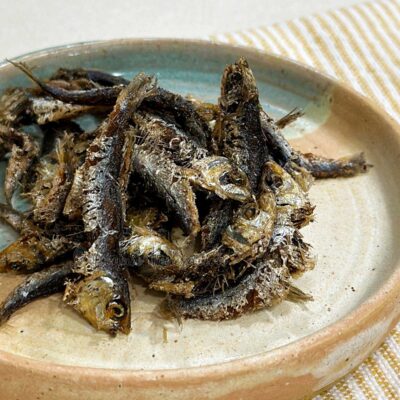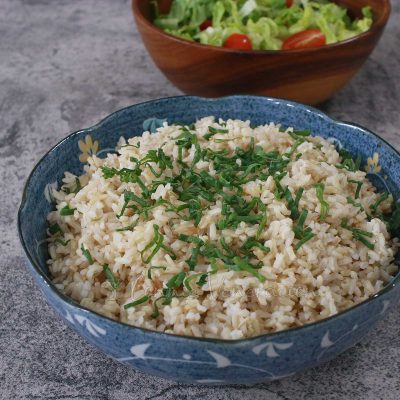That may confuse Westerners who have come to associate satay with chicken served with peanut sauce. And it will get even more confusing when I say that the pronunciation is sat-e— two syllables with the letter “e” pronounced as the “e” in egg.
Why is satay the more prevalent spelling of sate?
That reminds me of how the photography style boke became bokeh. Boke— pronounced bok-e— is Japanese for “blur” or “haze”. When the term was introduced in America in 1997 in Photo Techniques magazine, the magazine editor suggested Americanizing the spelling to bokeh to avoid having the word mispronounced as one syllable with a long “o” and a silent “e”. Well, the editor partly achieved his goal — but only partly because Americans pronounce bokeh in pretty much the same way they pronounce bouquet.
It’s a tongue thing, I suppose. The Dutch get it right though. A former colonizer of Indonesia, the Dutch brought back grilled skewered meat to their homeland but retained its Indonesian name —sate, sometimes spelled sateh.
Some food writers add to the confusion
The wrong pronunciation and a new spelling that reflects it — satay — is just the tip of the iceberg about the misunderstanding of the nature of sate. As I earlier mentioned,peanut sauce is not an integral part of the dish but only a component of some regional variations.
To define sate as peanut sauce is inflicting too much injustice and disrespect. And yet, many dishes labeled “satay” —chicken curry satay and Thai chicken satay, for instance, both of which look delicious — have nothing of the essence of sate except for the presence of peanut-based sauce which is not even essential to sate at all. The authors could have called them chicken peanut curry and chicken with peanut sauce, respectively, to avoid contributing to the misunderstanding.
Is the evolution of sate to peanut sauce outside Asia a product of fusion cuisine? Well, that’s a convenient explanation albeit rather dismissive of what sate really is.
Is sate the same across Southeast Asia?
No, except for the fact that they are all skewered meat (or seafood or vegetables in more modern incarnations) marinated before grilling. And they aren’t always called sate either.
What make sate different from country to country, and from region to region within each country, are the meat and seasonings used. For instance, in cultures where pork is not eaten as a matter of religious belief, you won’t find pork sate. In places where chilies form an integral part of the spice base of many dishes, sate is likely to have more heat.
So, you see, the world of sate (or satay if you insist on that spelling) is huge and varied. It’s street food and restaurant fare. It’s comfort food with so much history. It’s using cheap meat cuts to create appetizing and affordable food. It’s a snack, a main course and even an accompaniment for alcoholic drinks.
Thai-style chicken sate / satay recipe
Chicken sate / satay with peanut sauce
Grilled skewered chicken is ubiquitous in Southeast Asia and marinades differ from region to region. This is Thai-style chicken sate / satay with peanut sauce for dipping.





